Aluminum’s lightweight strength makes it important for different industries, from aerospace to consumer goods.
Learning the differences between alloy grades like 7075 and 6061 aluminum can unlock greater potential for your designs and manufacturing processes.
This blog post will cover the particular properties, differences and best uses of 7075 and 6061 aluminum to guide you toward the best choice for your applications.
Overview of 7075 Aluminum Alloy?
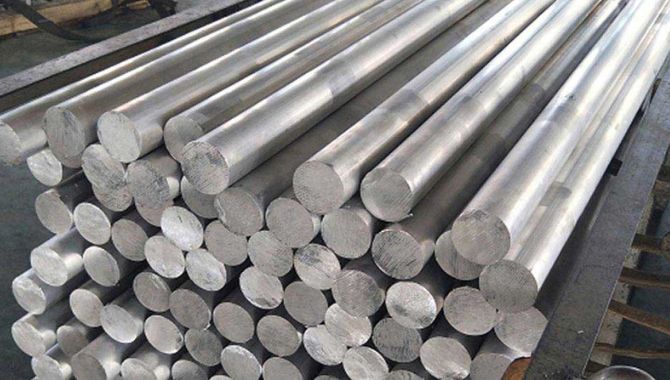
This type of aluminum is a high-strength alloy mostly made of aluminum, zinc, magnesium, and copper. It has superior mechanical properties like fatigue resistance and an excellent strength-to-weight ratio. 7075 aluminum alloy is heat-treatable and gives top strength in the T6 temper state.
This aluminum’s outstanding strength and light weight properties make it better choice for aircraft, military equipment and high-stress applications. This alloy outshines many metals in demanding environments.
Overview of 6061 Aluminum Alloy?
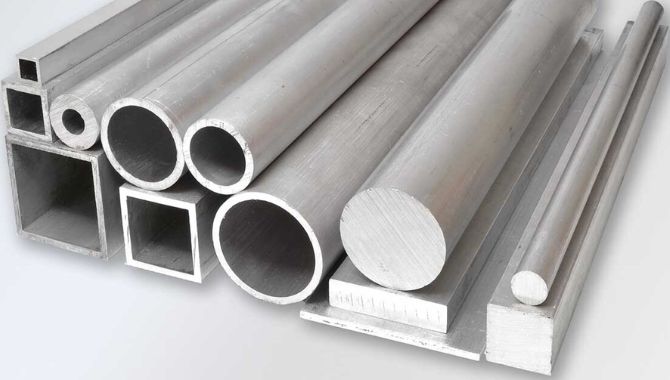
6061 is a flexible, heat-treatable alloy. It has magnesium and silicon as main alloying elements. This alloy provides good mechanical properties, good corrosion resistance, and high formability. 6061-T6 which is its most common temper gives ideal strength and performance for different uses.
Its balanced properties make it suitable for structural parts, construction and automotive components. This alloy’s weldability and machinability contribute to its common use across different industries.
Top 12 differences between 7075 and 6061
To learn the differences between 7075 and 6061 alloys, we need to explore their important characteristics. Let’s discuss 12 major differences that separate these alloys for different uses.
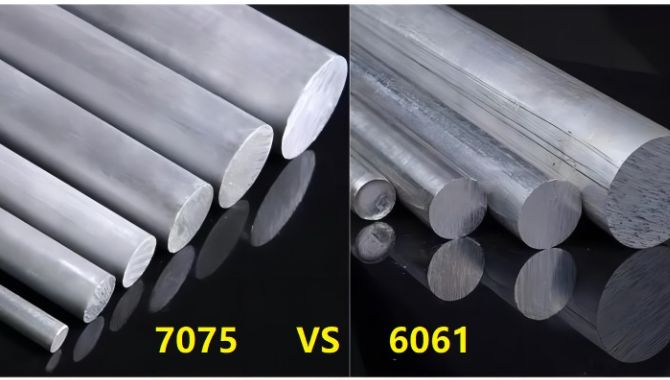
Specifications:
7075 aluminum is identified as UNS A97075. It has a density of 2.81 g/cm3 and melting point range of 477-635°C. 6061 is labelled as UNS A96061. It has a density of 2.70 g/cm3 and melting point of 582-652°C. Both alloys fulfil ASTM B209 standards for sheet and plate forms.
This type of aluminum is generally better as it has higher strength-to-weight ratio. Its improved mechanical properties make it preferable for different applications that require maximum strength and minimum weight like aerospace parts and high-performance structural components.
Chemical Components:
7075 has higher levels of zinc, copper, and magnesium. These elements increase its strength. 6061 aluminum contains more silicon and less copper. This chemical composition increases its corrosion resistance and weldability. Both alloys also use aluminum as their base metal. But they have different amounts of alloying elements.
7075 is better for high strength applications. Its higher zinc content makes for stronger atomic bonds. This results in greater hardness and tensile strength. These characteristics make it suitable for aerospace and defense sectors.
Table: Percentage of chemical components of 7075 Aluminum or 6061 Aluminum
| Element | 7075 Aluminum (%) | 6061 Aluminum (%) |
| Aluminum | 87.1 – 91.4 | 95.8 – 98.6 |
| Zinc | 5.1 – 6.1 | 0.25 max |
| Magnesium | 2.1 – 2.9 | 0.8 – 1.2 |
| Copper | 1.2 – 2.0 | 0.15 – 0.40 |
| Silicon | 0.40 max | 0.4 – 0.8 |
| Iron | 0.50 max | 0.7 max |
| Chromium | 0.18 – 0.28 | 0.04 – 0.35 |
Mechanical Properties:
7075 aluminum is superior to 6061 in mechanical properties. It has greater yield strength, hardness and tensile strength. While 6061 aluminum is more ductile and gives better elongation. 7075 has greater fatigue resistance, while 6061 shows better corrosion resistance and ease of fabrication. This makes 6061 a better choice for different engineering operations.
7075 is mostly used for high-stress applications. Its higher strength-to-weight ratio makes it a good choice for important structural parts in high performance vehicles and aircraft components. Its greater fatigue resistance guarantees better performance under cyclic loading conditions. The choice between these alloys also depends on the particular needs of a project.
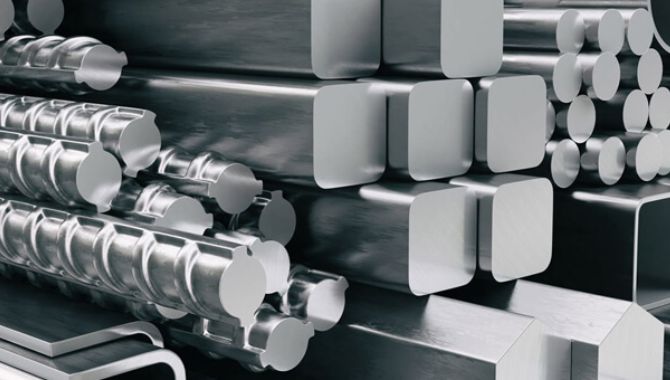
Table: Comparison of Mechanical Properties
| Property | 7075-T6 Aluminum | 6061-T6 Aluminum |
| Tensile Strength (MPa) | 572 | 310 |
| Yield Strength (MPa) | 503 | 276 |
| Elongation (%) | 11 | 17 |
| Hardness (Brinell) | 150 | 95 |
| Shear Strength (MPa) | 331 | 207 |
| Fatigue Strength (MPa) | 159 | 96.5 |
Hardness & Strength
7075 is greater than 6061 in strength and hardness. It has a Brinell hardness of 150 and tensile strength of 572 MPa. While, 6061-T6 has a tensile strength of 310 megapascal and a Brinell hardness of 95. Moreover, 6061 aluminum has a yield strength of 276 MPa as compared to 7075’s 503 MPa. This difference in the properties of alloys makes 7075 more resistant to wear and deformation.
7075 aluminum is used for high-stress applications. Its higher zinc content make stronger atomic bonds which results in improved strength and hardness. It is broadly used in aerospace and defense industries where performance is very important.
Corrosion Resistance:
6061 aluminum surpasses 7075 in corrosion resistance. It forms a more stable oxide layer and provides better corrosion protection against environmental factors. While 7075, due to its higher copper content (1.2-2.0%) is more vulnerable to stress corrosion cracking (SCC) and exfoliation corrosion. In salt spray tests, 6061 shows less surface degradation and pitting than 7075 aluminum.
6061 has balanced alloying elements like magnesium and silicon. These elements help to make a more uniform and protective oxide layer. It is broadly used in marine applications and outdoor structures where exposure to corrosive environments is common.
Machinability:
It is defined as how easy it is to cut, drill or shape a material with machine tools. 6061 is easier to machine than 7075. 6061 creates smoother finishes and permits faster cutting speeds. It also makes smaller and more manageable chips during machining. 7075 is harder to machine as it needs more careful control of cutting parameters due to its higher strength and hardness.
6061 has lower strength and hardness. This results in less tool wear and better surface finishes. It makes 6061 more cost-effective for complex machining operations and high-volume production where tool life and machining speed are important factors.
Weldability:
6061 is much simpler to weld than 7075. It can be welded using common methods like TIG and MIG welding. It can keep most of its strength after welding. whereas 7075 is difficult to weld. It can crack during welding and lose a lot of strength in the heat-affected zone. 7075 usually requires special welding techniques like friction stir welding for aluminum and filler metals.
6061 aluminum has less copper and zinc content which makes it less prone to cracking. This makes 6061 aluminium an appropriate choice for projects that need welding.
Heat Treatment Capabilities
Both 7075 and 6061 alloys have different heat treatment capabilities. 7075 responds appropriately to process like solution heat treatment and aging. It can reach higher strength levels through T6 and T73 tempers. 6061 is also heat treatable but has lower strength than 7075. It’s usually used in T4 or T6 tempers to acquire better strength and corrosion resistance.
7075 has a higher zinc content which helps in more pronounced precipitation hardening. It results in better strength improvements after heat treatment. This makes 7075 perfect for parts that need high strength like airplanes or sports equipment.
Table: Comparison of Heat Treatment Parameters for 7075 and 6061 Aluminum
| Heat Treatment | 7075 Aluminum | 6061 Aluminum |
| Solution Treatment | 460-500°C | 520-530°C |
| Quenching medium | Water or oil | Water |
| Aging Temperature | 120-150°C | 160-180°C |
| Aging Time | 24 hours | 8 hours |
| Strength Increase | Very High | Moderate |
Weight and Density
7075 aluminum’s density is 2.81 g/cm3, while 6061’s is 2.70 g/cm3 which means that 7075 is roughly 4% heavier than 6061. The weight difference comes from 7075’s higher zinc levels. Both alloys are still much lighter than steel (7.85 g/cm3).
6061 aluminium is best for weight-critical projects due to its lower density. However, 7075’s greater strength-to-weight ratio can balance its slightly higher weight in some uses.
Formability and Fabrication
6061 usually has better formability and fabrication due to its silicon and magnesium. It is easy to shape and weld. On the other hand, 7075 is less formable and harder due to its high zinc content. It is difficult to weld and shape unless it is in an annealed condition first. This makes 6061 a flexible choice for complex shapes and joining processes.
6061’s lower strength helps in easier shaping of parts without cracking. Its composition also makes it more weldable and less prone to heat affected zones with less weakening around welds.
Elasticity
The modulus of elasticity of 7075 is 71.7 GPa and for 6061 alloy it is 68.9 GPa. So, it means that 7075 is slightly rigid and more resistant to elastic deformation under stress than 6061. Both the alloys show similar elastic behaviour under stress. The difference in modulus of elasticity of both alloys is very small (about 4%). This determines how much the materials can deform under load.
Yield Strength
7075 aluminium has a greater yield strength than 6061. In T6 temper, 7075 gives a yield strength of 503 MPa (73,000 psi). while 6061-T6 shows a yield strength of 276 MPa (40,000 psi). So, this major difference makes 7075 withstands permanent deformation under stress.
7075 is outstanding due to its higher yield strength. It is broadly used for applications that needs exceptional strength-to-weight ratios like aerospace and high performance automotive components.
Table : Top 12 Differences Between 7075 and 6061
| Property | 7075 Aluminum | 6061 Aluminum |
| Yield Strength | 503 MPa | 276 MPa |
| Tensile Strength | 572 MPa | 310 MPa |
| Modulus of Elasticity | 71.7 GPa | 68.9 GPa |
| Weldability | Poor | Excellent |
| Machinability | Fair | Good |
| Corrosion Resistance | Moderate | Good |
| Heat Treatability | Excellent | Good |
| Density | 2.81 g/cm³ | 2.70 g/cm³ |
| Main Alloying Elements | Zinc, Copper | Magnesium, Silicon |
Typical Applications of 7075 and 6061 Alloys

Knowing how 7075 and 6061 alloys are used is just as important as learning about their properties. Let’s discuss where these alloys are used:
Applications of 7075
7075 is broadly used in automotive, aerospace, military, marine, and sports equipment sectors due to its outstanding fatigue resistance and strength-to-weight ratio.
Aerospace Applications
7075 is usually used in aircraft structures. It is used in wing spars, fuselage frames and bulkheads because of its greater strength-to-weight ratio. The alloy’s fatigue resistance makes it perfect for parts subjected to cyclic loading. 7075 is mostly used in ribs and stringers of commercial jets and carries almost 150000 flight cycles without any failure.
Military Uses
It is used in armor plating, vehicle frames, and weapon components due to its durability. The high tensile strength of 7075 alloy up to 83,000 psi renders it suitable for ballistic protection. It is used for receivers and bolt carriers in firearms as it can bear pressures up to 62,000 psi.
Automotive Industry
It is used for engine mounts, suspension parts, and chassis components in high-performance vehicles. Its strength permits weight reduction without compromising safety. Formula 1 cars also use 7075 aluminium in uprights and wishbones to handle loads up to 5G (five times the force of gravity) during cornering.
Marine Applications
It is usually used in boat fittings, masts and structural parts due to its better corrosion resistance. The alloy’s durability to handle saltwater exposure makes it best for offshore platforms where it can support loads up to 100 tons.
6061 Aluminum Applications:
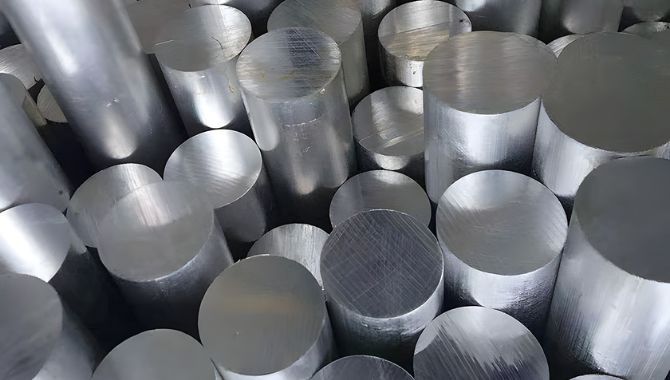
Building
6061 is great for construction because of great strength-to-weight ratio and corrosion resistance. It is mostly used in curtain walls, structural frames and roof systems. 7075 Aluminium mullions are used in skyscrapers to support glass panels as it can handle wind loads up to 90 psf. Its thermal conductivity of 167 W/m·K makes it perfect for heat sink use in HVAC systems.
Transportation
It is used in vehicle frames, body panels and wheels in transportation sector. Its fatigue strength of 96.5 MPa at 5×10^8 cycles guarantees longevity in dynamic loading conditions.. In automotive industry, 6061 aluminium can also be used to reduce weight of engine blocks by up to 110 lbs.
Machinery
6061 is mostly used in machinery parts due to its machinability rating (50%). It is used in robot arms, CNC machine frames and conveyors. Its 276 MPa yield strength in T6 temper helps in acquiring precise machine tolerances down to ±0.001 inches. In hydraulic systems, 6061 alloy manifolds are strong enough to withstand pressures up to 3000 psi.
Electrical
6061 is used in electrical sector due to its conductivity and corrosion resistance. It is used in heat sinks, bus bars and transformer coils. With a 3.99×10^-8 Ω·m resistivity, 6061 aluminum wires can handle electric current up to 1000 A in industrial sectors. Its high thermal conductivity is best for LED heat sinks.
To Wrap
Both 7075 and 6061 alloys have different purposes. 7075 is best for high-strength operations. while, 6061 is mostly used due to its cost effectivenes value and flexibility. Choose 7075 alloy of aluminium for military and aerospace needs and 6061 for engineering uses and fabrication. Always look for strength, machinability and corrosion resistance when choosing between alloys.
FAQs
Q1: Which alloy has better machinability?
A: 6061 aluminium has better machinability. Its soft nature results in minimal resistance during cutting and drilling. This leads to smoother finishes and longer tool life in machining operations.
Q2: Which alloy is budget-friendly for engineering?
A: 6061 is a budget friendly choice for engineering. It is easy to source and work with projects that does not need extreme strength.
Q3: What are the main chemical differences?
A: 7075 has more zinc and copper. While 6061 has more magnesium and silicon.




